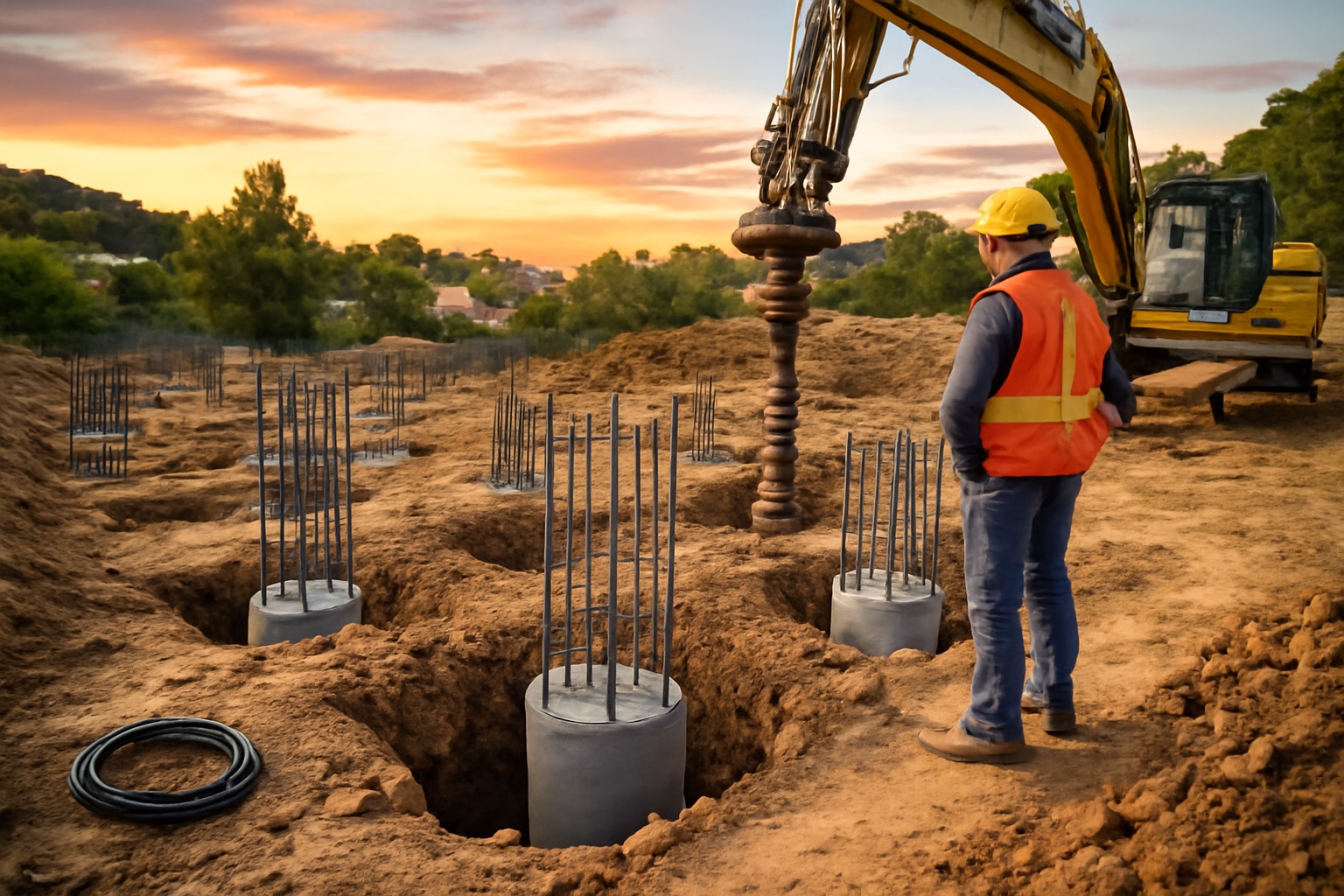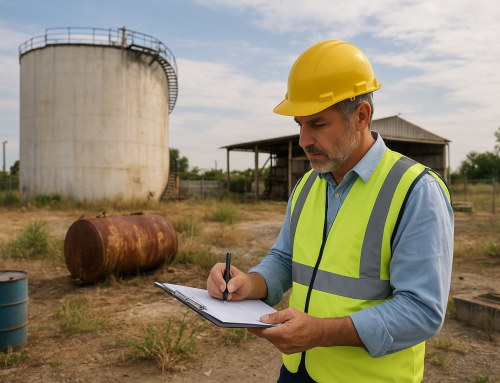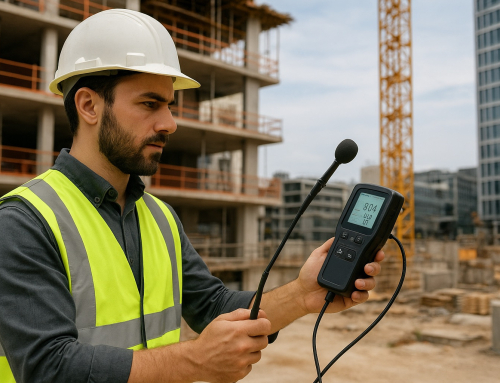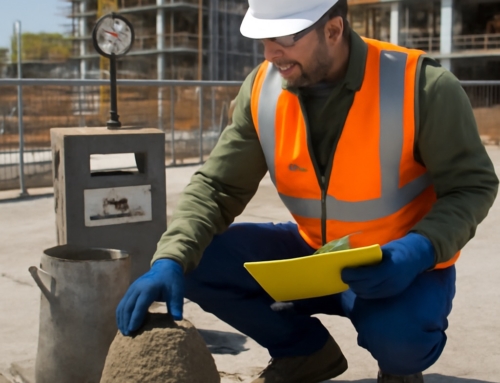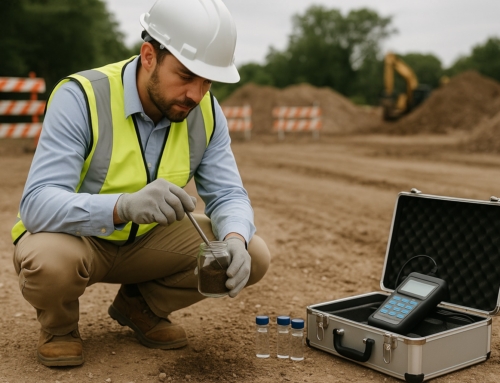Every building starts with its foundation. A strong foundation keeps structures safe. It also makes sure they last. In Los Angeles, choosing a proper foundation is crucial. It is seismic-prone, incessant, contains swollen soil, and has steep hillsides. These conditions are challenging for the builders.
Selecting between deep and shallow foundations is not a simple task. The choice depends on soil, structure size, and building codes. This article explains the main differences. It also covers Los Angeles codes, soil types, and modern options, such as helical piers and push piers.
By the end, you will know when to use shallow, deep, or special foundations in Southern California.
Foundations in Los Angeles County
Los Angeles is unique. The county boasts a variety of landscapes that include beaches, mountains, and valleys. The soils are either of sandy fill or expansive clay. In coastal areas, liquefiable soils are typical. In hillside zones, slope failure is a concern.
There is also the threat of earthquakes. Tremors vibrate the earth and cause buildings to move laterally. Poor foundations can fail under these loads. That is why foundation design is central to safety in Southern California.
The Los Angeles Department of Building and Safety (LADBS) and LA County Building and Safety regulate foundations. They enforce the California Building Code (CBC) and Title 24 standards.
Most projects require a geotechnical investigation. The soil report looks at layers, groundwater, and liquefaction risk. It also gives the soil’s bearing capacity. These reports are key to the plan check process. Without them, permits will not be approved.
Permits and inspections ensure compliance. LADBS inspectors review grading, footing sizes, caisson drilling, and reinforcement placement. If codes are ignored, projects face costly delays.
What Are Shallow Foundations?
Shallow foundations transfer loads near the ground surface. They spread the weight of the building over soil that can support it.
Common shallow foundation types in Los Angeles include:
Spread footings—These are square or rectangular pads placed under individual columns. They spread loads across a larger area of soil. Engineers size them based on soil strength and building loads.
These are used in residential buildings, small offices, or light commercial buildings. They are economically feasible and easy to put up.
Slab-on-grade – It is a concrete slab that is poured directly on compacted soil. It holds up the floor as well as supporting the load-bearing walls above.
Usually, it is suitable for small projects in Los Angeles. Slab-on-grade construction is commonly used in residential buildings, garage facilities, and warehouses. Constructors incorporate a gravel base and a barrier that prevents any moisture from entering.
Strip footings – These are strips of concrete that must run beneath the load-bearing walls. They spread loads along the wall length and provide stability.
In Los Angeles, strip footings are popular in small apartments and masonry homes. They require uniform soil conditions and careful leveling.
What Are Deep Foundations?
Deep foundations transfer loads deeper into the earth. They bypass poor soils and reach stronger layers.
In Los Angeles, common deep foundation types include:
- Caissons: End-bearing piles are also called caissons. These are drilled shafts filled with reinforced concrete. Used for hillside homes and tall towers.
- Friction piles: rely on skin friction with soil instead of end-bearing. Used when no solid rock is nearby.
- Shear pins: placed into slopes for stabilization and often used in retaining walls.
Deep foundations need permits and LADBS monitoring. Drilling is inspected for depth, reinforcement, and the use of slurry.
Seismic loads are a significant reason for the use of deep foundations. They provide lateral resistance, preventing the vehicle from tilting. For hillside buildings, caissons are often required to anchor the structure.
The right inspections prevent project delays and the risky projects or the budgets. Properly framed inspections safeguard schedules, jobs and project budgets. I
Mat (Raft) Foundations: A Special Case
Mat foundations are thick slabs that cover large areas. They spread loads over soft or expansive soils. They are also called raft foundations.
In Los Angeles, mats are standard in Koreatown and Downtown. Many basements and mid-rise buildings use them. The mat resists settlement and distributes heavy loads evenly.
But mats require careful waterproofing. Water pressure forces the water to seep through the cracks.
That’s why engineers design drainage with protective membranes to keep basements dry. Similarly, when soil improvements are not practical, mats are a cost-effective choice.
Read more to find out Why Every building, bridge, or roadway must follow strict codes.
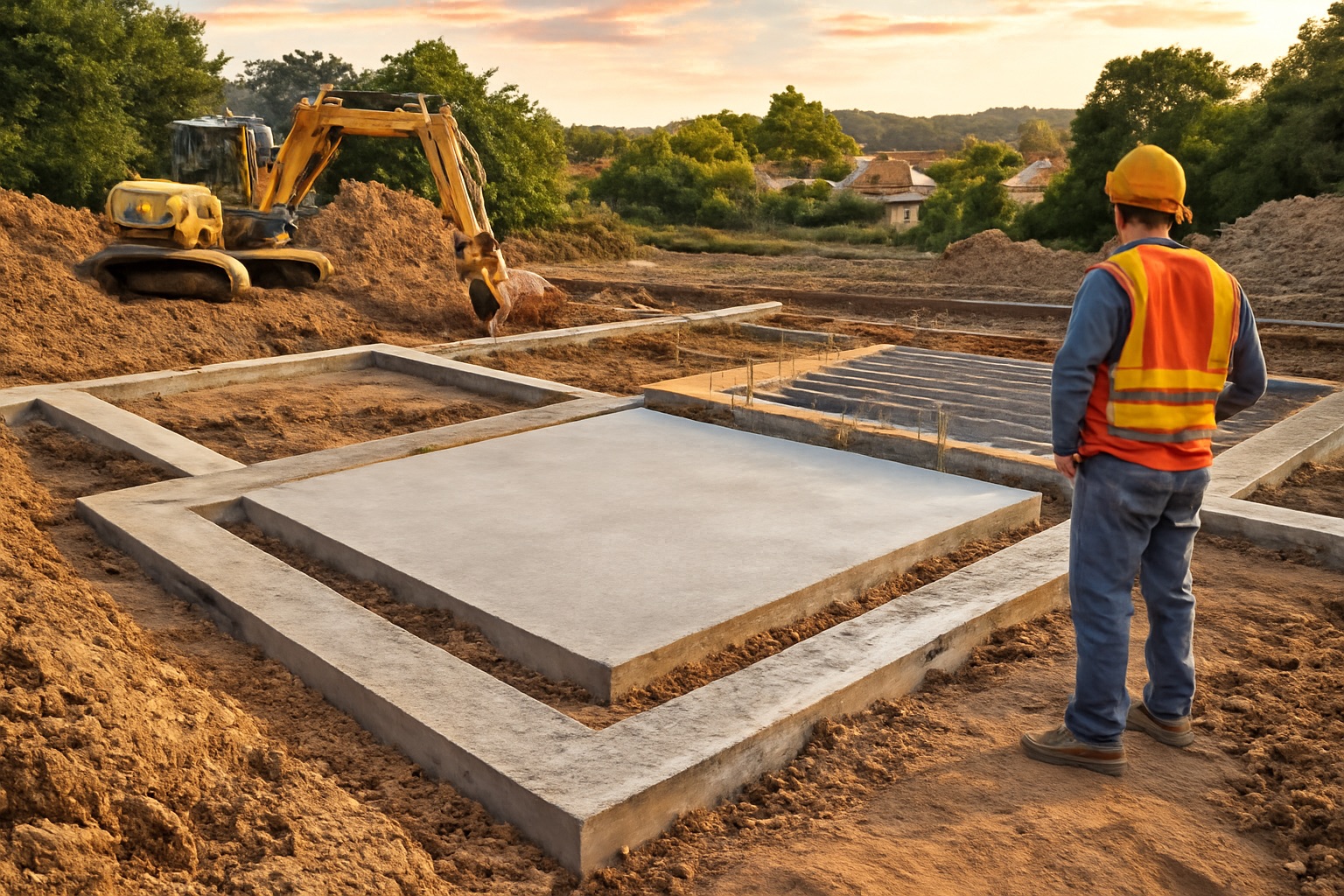
lab-on-grade foundation installation and trench preparation under supervision at construction site.
Modern Foundation Technologies: Helical Piers & Push Piers
Technology is transforming the way foundations are constructed. In Los Angeles, two newer systems are gaining attention: helical piers and push piers.
Helical piers are screw-shaped steel shafts. They are twisted into the soil with hydraulic equipment. Unlike concrete, they do not need curing. They are installed with slight vibration. This makes them ideal for retrofits in tight spaces.
LADBS accepts helical piers when backed by ICC-ES reports. They work well in coastal soils where access is limited. They are popular for repairing settled homes in Santa Monica or Venice.
Push piers are different. They are hydraulically pushed into the ground until they reach load-bearing strata. They transfer loads deep and are often used to level buildings.
The pros of these systems include speed, minimal excavation, and code approval for repairs. But they do have limits. Dense or rocky soils make installation more complicated.
When to Use Which Foundation Type in LA?
Choosing the proper foundation requires knowing the site.
- Soil conditions: Expansive clay needs mats or deep piers. Loose sands near rivers may need caissons.
- Building size: Tall or heavy structures demand deep foundations. Small houses often use shallow systems.
- Seismic category: Some zones require deep anchoring to resist shaking.
- Site factors: Hillside lots often require the use of caissons. Tight city lots may favor helical piers.
LADBS provides information bulletins. For example, P/BC 2023-111 explains grading and foundation design rules. Builders should review these documents before starting.
Permits and Soil Reports in LA County
Most new foundations will need a soil report. The report has to be prepared by a licensed geotechnical engineer. The report examines the stratification rate of soils, groundwater, and other potential dangers. For example, liquefaction or slope collapse.
It also offers suggestions regarding the depth of footing, caisson, or the thickness of a mat. Checks of the foundation plan include:
- Type of soil and soil bearing capacity.
- Foundation design details.
- Reinforcement drawings.
Inspectors also oversee grading, compaction, and drainage. They are certain that slopes are not hazardous and retaining systems are sufficient. Test results and drill logs must be given in the instance of deep foundations.
Inspectors examine the adequacy of excavation. They check the placement of the rebar and the strength of the concrete. For caissons, inspectors check depth logs and slurry records.
LADBS doesn’t give construction permits without these steps. With complete reports, review is faster and less expensive, and delays are minimized.
Passing LADBS inspection requires preparation. Clear plans, good communication, and correct installation are key. A failed inspection can delay work for weeks.
Conclusion
In Los Angeles, foundations are held to high standards. Shallow foundations are suitable for small and light buildings on strong soils. Deep foundations are essential for multi-story buildings.
It is equally suitable for homes on hillsides and areas prone to liquefaction. However, mat foundations are particularly beneficial in areas with soft or expansive soil.
Modern options today offer flexibility, such as helical piers and push piers. They are easy to repair and retrofit with minimal disruption.
However, no foundation choice should be made in isolation. Geotechnical information provided by CGS or LADBS can be utilized for foundation design purposes. Soil reports, engineering reviews, and LADBS codes must guide every project.
In Los Angeles, the ground beneath is just as important as the structure above. So, always consult a licensed local engineer or geotechnical expert.
Work With Local Experts
In Los Angeles, there is no lack of picking the correct foundation. There are specific challenges of soil and seismics at each site. You can save on time and expensive mistakes by hiring a licensed engineer.
Hire the experts’ services locally when planning a new building, renovation, or hillside project. They must be familiar with the soils in Southern California.
Marshall Geotechnical conducts soil investigations, provides foundation advice, and offers numerous engineering services. They are the best expert specific to the Los Angeles conditions. Review the soil report today and base your project on solid grounds.
F.A.Q.’s
Do I need a soil report for a new foundation in LA?
Yes. LADBS requires a geotechnical report for most new foundations. It ensures safe design and code compliance.
Can I use helical piers in Los Angeles County?
Yes. Helical piers are accepted with ICC-ES approval. They are often used for repair and retrofit projects.
What is better: push piers or concrete footings?
It depends. Push piers work for repairs in weak soils. Concrete footings are standard for new shallow foundations.
What foundation is best for hillside homes in LA?
Caissons are the most common. They anchor deep into stable layers and resist slope movement.
Build with knowledge. Build with confidence. Build smart from the ground up.


